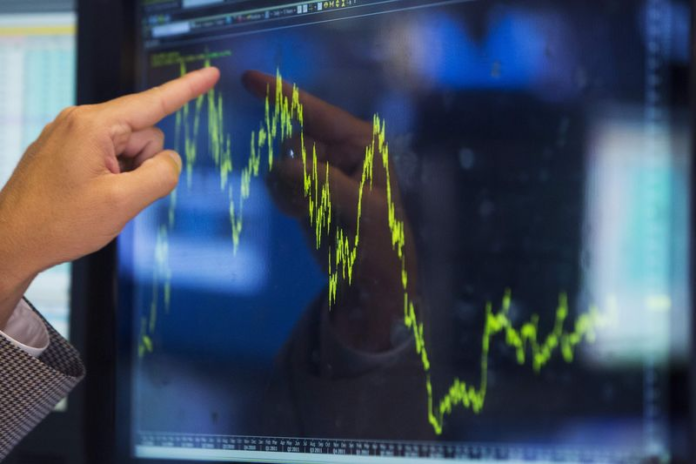Published Dec 18, 2023 02:10AM ET
© Reuters. FILE PHOTO: People walk along Nanjing Pedestrian Road, a main shopping area, ahead of the National Day holiday, in Shanghai, China September 26, 2023. REUTERS/Aly Song/File Photo
SHANGHAI/SINGAPORE (Reuters) – Chinese banks are putting bad loans up for sale at a record pace, as regulators push for faster disposal of sour debts amid rising consumer defaults during an ailing post-COVID economic recovery.
Issuance this year of securities backed by non-performing loans (NPLs) is set to jump about 40% from a year ago to a record, data from a ratings agency showed, as lenders rush to offload distressed assets linked to mortgage, credit card and consumer borrowings.
This week alone, six banks including China Everbright (OTC: ) Bank and Bank of Jiangsu plan to issue 1.5 billion yuan ($210.49 million) worth of asset-backed securities (ABS) based on bad loans, according to sales prospectuses reviewed by Reuters.
Typical buyers include fund managers, wealth management firms, specialist distressed debt investors and some hedge funds.
“Securitisation has become a regular tool for Chinese banks to dispose of bad loans. It’s efficient, flexible, and regulators are giving relatively faster approvals for such products,” said Kan Zhou, head of structured finance ratings at S&P Global (China) Ratings.
Issuance is climbing “also because in an economic downturn, there’s growing supply of non-performing assets,” he said, expecting the market to grow further next year.
Chinese authorities have blacklisted 8.57 million people who missed payments on everything from home mortgages to business loans, according to court data. The cumulative figure is up 50% from the 5.7 million defaulters at the beginning of 2020, highlighting the scars from the pandemic and its aftermath.
As of Dec. 17, Chinese banks had sold 42.5 billion yuan ($5.96 billion) of bond-like securities based on bad loans this year, up 37% from 2022’s total and the highest since its records began in 2016, according to data from a unit of CCXI, a Chinese ratings agency.
In addition, 60 billion yuan worth of bad loans changed hands on the official marketplace for credit assets during the January to September period, up 61% from last year’s total, data from an agency affiliated with China’s banking regulator showed.
The booming market for bad loans underscores the challenges facing a banking sector grappling with a real estate crisis, local government debt woes and rising individual delinquencies as China’s post-COVID recovery fades.
Outstanding bad loans at Chinese banks hit 3.2 trillion yuan at the end of September, up one-third from 2.4 trillion yuan at end-2019, according to the country’s banking regulator.
SECURITISATION
To fend off systemic financial risks, Beijing is urging banks to accelerate their disposal of non-performing assets.
“Packaging (NYSE: ) bad loans into a security product to be sold to investors help reduce NPLs on banks’ books, and revitalise dormant assets,” S&P’s Zhou said.
Compared with other means of disposal, such as outright write-offs or selling to asset management companies set up specifically to deal with bad loans, issuing ABS is used more for soured personal loans.
Senior ABS based on bad loans yielding 2% to 3.5% are attractive in China’s low-interest rate environment, but investors risk a lower recovery rate if the economic situation worsens, Zhou said.
China Citic Bank was on Monday selling securities backed by consumer loans, while China Construction Bank (OTC: ) plans to issue mortgage-backed ABS on Tuesday. China Guangfa Bank said it would issue ABS on Friday backed by soured credit card loans.
($1 = 7.1263 renminbi)




